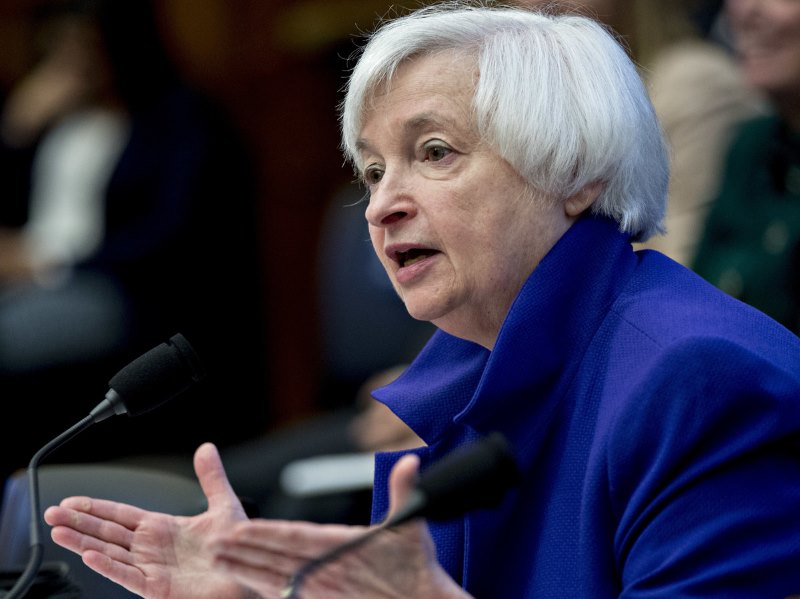Economy
US Inflation Hits 2.1% A Positive Economic Indicator
In the US inflation hits 2.1%, marking the lowest level since early 2021 and remaining just above the Federal Reserve’s target of 2%. This decrease signals a stabilizing economy, raising optimism about inflation management. The sustained reduction in inflation could encourage consumer spending, as lower prices increase purchasing power, potentially leading to enhanced economic growth in the coming months.
Core Inflation Shows Monthly Increase
Despite the overall decline in inflation, the Federal Reserve’s preferred measure, the core personal consumption expenditures price index, increased significantly. In September, this index rose by 0.3%, marking the largest gain since April. This uptick supports a more cautious approach to future interest-rate cuts following last month’s substantial reduction. The core index, which excludes volatile food and energy prices, serves as a reliable indicator of long-term inflation trends, making this increase noteworthy.
Job Market Shows Improvement
On the labor front, applications for unemployment benefits have fallen to their lowest level since May, signaling positive trends in the job market. For the week ending on October 26, initial claims dropped by 12,000 to a total of 216,000. This figure was notably lower than the median forecast of 230,000 applications in a Bloomberg survey of economists. Such a decline in jobless claims typically indicates a robust labor market, as fewer individuals are seeking unemployment benefits.
Continuing Claims Decline
Continuing claims, which serve as a proxy for the number of individuals currently receiving unemployment benefits, also demonstrated positive trends. According to data released by the Labor Department on Thursday, continuing claims fell to 1.86 million in the previous week. This reduction signifies that fewer people are relying on unemployment assistance, which could suggest that more individuals are finding work or that job turnover is increasing as businesses expand their hiring efforts.
Outlook for Interest Rates
The combination of stabilizing inflation and a strengthening job market presents a complex landscape for the Federal Reserve. US inflation hits 2.1% remains just above the target, while a core measure is rising, creating a challenge for the Fed. They must balance interest rate strategies without hindering economic recovery, a delicate task. Economists closely monitor these developments, as changes in monetary policy impact consumer borrowing and overall economic momentum.

Consumer Inflation Expectations Stabilize Amid Rising Debt
Recent data shows that consumer inflation expectations have remained stable for both short- and long-term periods. According to a survey…
Potential Impact on Consumer Behavior
As inflation stabilizes and the job market strengthens, consumers may feel more confident in their financial situations. This increased consumer confidence could lead to higher spending, further fueling economic growth. However, if the Fed decides to adopt a more aggressive stance on interest rates in response to rising core inflation, it could dampen consumer enthusiasm and spending, potentially slowing the recovery.
Regional Economic Variations
It’s important to note that these economic trends may not be uniform across the country. Different regions may experience varying rates of inflation and job growth due to local economic conditions. Policymakers must consider these regional disparities when formulating strategies to address inflation and unemployment.
Conclusion
Overall, these economic indicators reflect a cautiously optimistic outlook for the U.S. economy. While inflation rates remain manageable, the Fed’s response to core inflation increases will be critical in determining future monetary policy. As the job market improves, continued attention will be necessary to ensure sustained economic growth. Policymakers and economists will be closely watching how these dynamics evolve, as they hold significant implications for the broader economic landscape.


